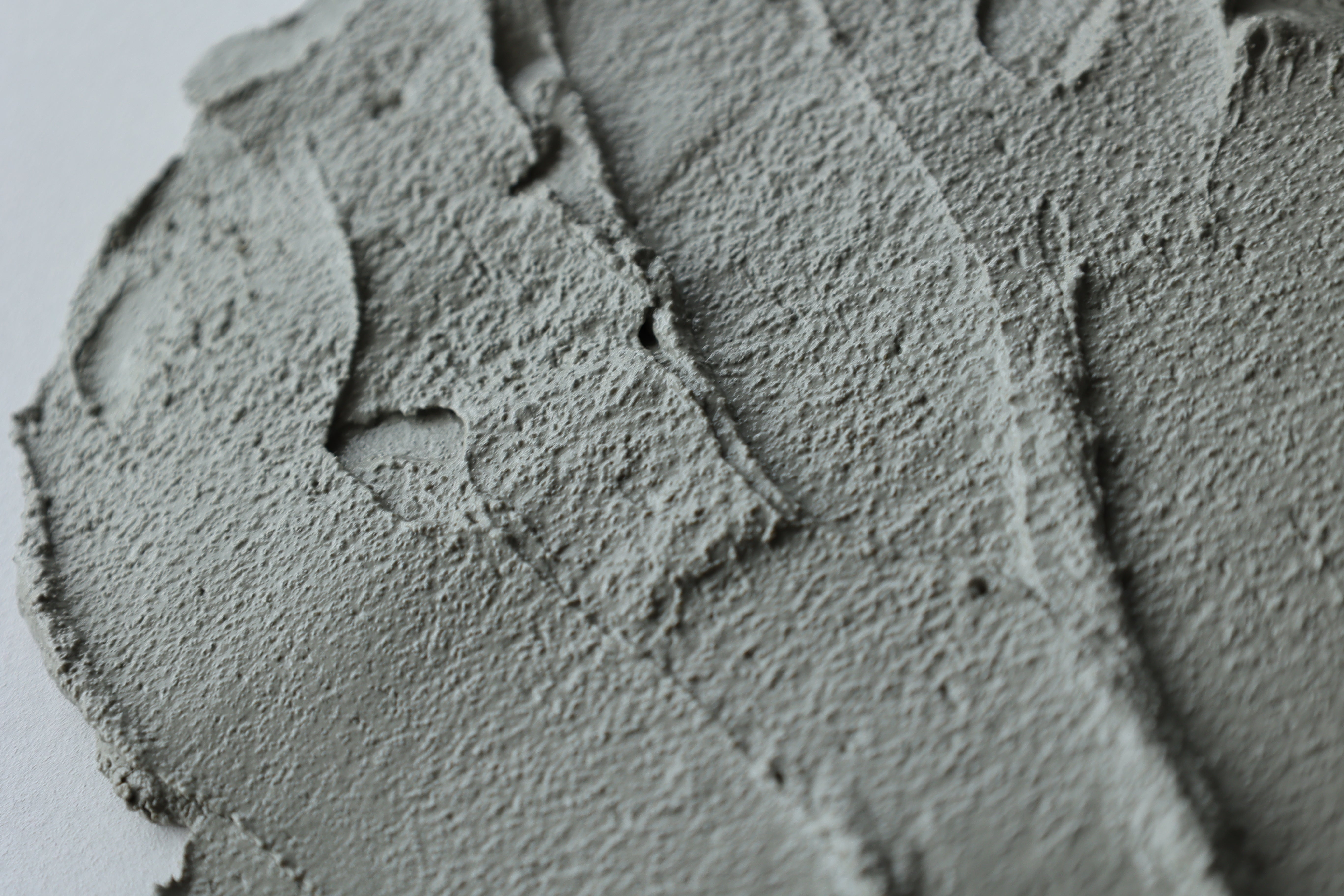What are the key differences Between Microcement and Polished Concrete? 7 important factors to consider

Share
- Bathroom
- Eco-friendly
- Home Decor
- Home Renovation
- Interior Design
- Interior styles
- Interior Trends
- Microcement
- Microcemento
- Property Developement
Often confused when it comes to floor finishes, Microcement and polished concrete may seem similar to the untrained eye, but there are some important differences when it comes to their technical details, installation process and purpose.
To help you understand the differences, we gathered the 7 most important factors to consider when choosing between the two.
1.Composition and Structure
Microcement
Composition:Microcement is composed of polymers, aggregates and pigments, sealed with a resin protector. The different components are applied in thin coats, the final thickness usually staying around 2-3mm.
Structure: The material has different parts that are layered on top of each other, each having its own purpose in creating a durable and aesthetically pleasing finish. Microcement can be applied over existing surfaces such as tiles, and wood.
Polished Concrete
Composition: Polished concrete is a more traditional and simple finish, made from concrete, which consists of cement, aggregates such as gravel, crushed or stone) and water.
Structure:The finish is achieved by polishing a solid, concrete slab to achieve a smooth and shiny finish.
2.Application Process
Microcement
Surface Preparation: The existing surface is cleaned, repaired, and primed.
Layering: Microcement coating is applied layer by layer, each left to dry before the next one is applied.
Sealing: A protective sealer is applied to ensure the surface will resistant to water, and daily wear-and-tear, enhancing its durability.
Polished Concrete
Initial Pouring: An existing concrete slab can be used, or a new slab poured.
Grinding: The surface needs to be smoothened, and grounded down using progressively finer diamond abrasives.
Polishing: The concrete is polished to the desired level of sheen, often involving multiple passes.
Sealing: To seal the surface, a densifier and sealant is applied over it to protect and enhance the shine.
3.Thickness and Weight
Microcement
Thickness: Microcement is a relatively thin layer, the overall thickness remaining around 2-3mm, which is very practical when applied over existing surfaces.
Weight: It’s a very light material, especially compared to traditional concrete, which makes it a wonderful choice for areas where the weight of the material is a concern.
Polished Concrete
Thickness: Polished concrete is a much heavier material, but its exact weight depends on the thickness of th econcrete slab, usually several inches.
Weight: Heavier than most materials used for similar purposes.
4.Flexibility and Versatility
Microcement
Flexibility: Microcement, especially with anti-crack system applied, provides an exceptional flexibility and adapt easily to changes in the substrate. It can be applied on almost any surface, both vertical and horizontal, such as furniture, countertops or flooring.
Versatility: It’s available is virtually any colour, given it’s separate decorative component that is bespoke coloured for each project. The textures and finishes can also very, making it an excellent design choice to blend in with the decor.
Polished Concrete
Flexibility: It can only be applied on horizontal surfaces, such as floors, in large open plan spaces.
Versatility: Mostly available in natural concrete colours, but dyes and stains can be added fot some colour.
5.Durability and Maintenance
Microcement
Durability: When properly sealed, it’s resistant to water and daily-wear-and-tear, but the scope of durability can vary between different Microcement, therefore, it’s always best to check with the supplier.
Maintenance: It requires nothing more than regular cleaning with mild detergents, and periodic resealing to keep its appearance up to date, for many years.
Polished Concrete
Durability: It’s one of the most durable materials, often used for commercial spaces and parking areas, it is resistant to heavy traffic and impacts. It is also highly resistant to water and stained, if properly sealed.
Maintenance: With regular cleaning and occasional resealing, it can last for a very long time, even with minimal maintenance.
6.Aesthetic Appeal
Microcement
Finish: Can be smooth or textured, with a matt or glossy finish.
Customization: Microcement is one of the best materials for those we have very specific design choices, as it’s possible to create a wide range of textures and finishes, which can be made to order in virtually any colour. It’s an excellent product for stylish design choices, fitting in perfectly with any decor style from modern to rustic.
Polished Concrete
Finish: Typically, smooth and glossy, with a natural, industrial look.
Customization: Very limited when it comes to bespoke options, it more or less offers the same look and feel, but can be customised for some additional colour.
7.Installation Time and Cost
Microcement
Installation Time: It’s a relatively fast application, as the different coats can be applied on top of existing surfaces in very thin layers.
Cost: Different Microcements have different prices, but due the the minimal preparation it requires, the price is very competitive when it comes to durable and water resistant surface finishes.
Polished Concrete
Installation Time: It takes a significant time to to install, due to the different slabs needing to be poured and cured.
Cost: As it’s a more labour intensive application, it can be a more expensive due to the different grinding and polishing processes.
Conclusion
Both polished concrete and microcement can excellent choices for a durable and stylish finishes, but the level of durability and customization varies for each. Therefore, they serve different purposes.
Microcement is the best option for those looking to customize their finishes to the maximum, whilst saving time and cost during the renovation process.
Polished concrete is suitable for project where extreme durability is required, and a finish that is fit for the industrial environment.
If you think Microcement is the ideal solution for your next project click here, and explore the product selection.
To check out the application process, watch our full tutorial!
If you want to learn more about the application, sign up for our beginner or advanced courses!
